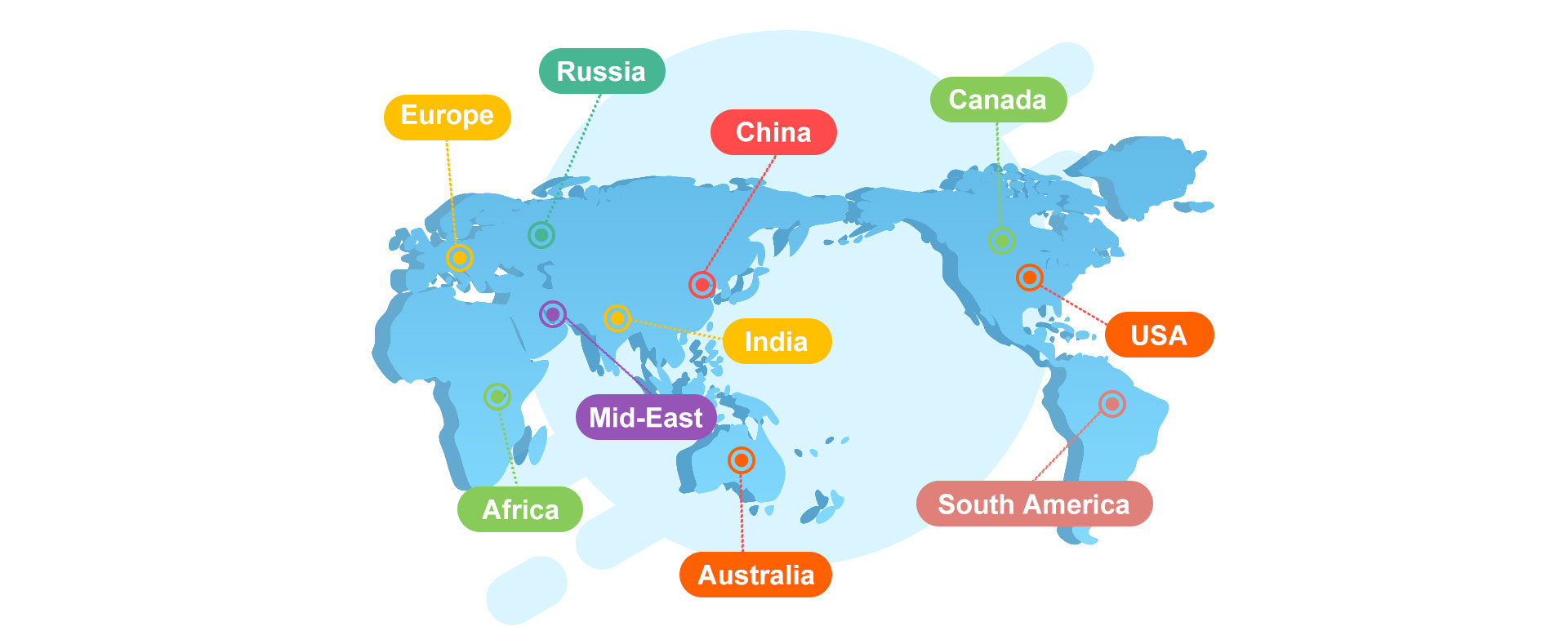High Temperature Snowmaking Machine – New Technology for Making Snow in All Seasons
As global climate change and warm weather gradually intensify, winter recreational activities such as skiing and ice and snow sports face seasonal restrictions in many areas. Especially in some areas with high temperatures and high humidity, traditional snowmaking machines often cannot operate effectively, resulting in difficulties in ski resort operations. In order to solve this problem, high-temperature snowmaking machines have emerged as a new tool for dealing with hot weather and creating artificial snow. This article will explore the technical principles, advantages and applications of high-temperature snowmaking machines in various environmental conditions, focusing on how to make artificial snow that looks like natural snow at a high temperature of 35°C.
A snowmaking machine is a device that converts water into snowflakes through mechanized methods. Its working principle is relatively simple, usually through a combination of compressed air and water, using low temperature and high-speed airflow to quickly cool water droplets to form ice crystals, thereby simulating the process of natural snow. Traditional snowmaking machines often require temperatures below zero to work stably, which limits their application in warm climates.
However, with the continuous advancement of technology, especially the emergence of high-temperature snowmaking machines, they can still successfully produce snowflakes at relatively high ambient temperatures. Generally speaking, high-temperature snowmaking machines can operate normally at temperatures of 35°C or even higher, overcoming the temperature dependence of traditional snowmaking machines, which is of epoch-making significance for many regions.
Technical breakthroughs of high-temperature snowmaking machines
The technical core of high-temperature snowmaking machines lies in the use of innovative cooling and spray systems to quickly cool water droplets in high-temperature environments and freeze them into snow. Specifically, based on the cooperation of compressed air, ultra-fine water mist injection and cooling systems, snowmaking machines can produce snowflakes that meet quality requirements at room temperature or even 35°C. The realization of this technological breakthrough is due to the following innovations:
Air humidity control technology: In high-temperature environments, air humidity is an important factor affecting the snowmaking effect. Traditional snowmaking machines often find it difficult to generate ideal snowflakes under high humidity, while high-temperature snowmaking machines precisely control air humidity to ensure that the moisture in the air can be fully combined with compressed air at an appropriate speed, thereby optimizing the formation process of snowflakes.
Water inlet temperature regulation system: In order to improve snowmaking efficiency and ensure the quality of snowflakes, high-temperature snowmaking machines use advanced water inlet temperature regulation technology to keep the water temperature entering the system within a relatively ideal range. Even in high temperature environments, the system can prevent excessive evaporation of water and affect the snowmaking effect.
Efficient spray system: The spray system is a key component of the high-temperature snowmaking machine. Through ultra-fine atomization technology, the water is decomposed into extremely small droplets to ensure that the droplets are quickly cooled in the air and converted into snowflakes. This technology not only improves the efficiency of snowmaking, but also makes the shape of snowflakes more natural, delicate, and close to real snowflakes.
The biggest advantage of the high-temperature snowmaking machine is that it can achieve artificial snowmaking in a warm climate all year round, breaking the dependence of traditional snowmaking machines on ambient temperature. Its main advantages are reflected in the following aspects:
Adapt to high temperature environment: The most notable feature of the high-temperature snowmaking machine is that it can work normally at 35℃ or even higher. Whether it is a hot summer or a high-temperature winter, ski resorts and ski resorts can use this technology to maintain the supply of artificial snow, extend the ski season or maintain all-weather opening.
Resembling natural snow: The high-temperature snowmaking machine can produce snowflakes that resemble natural snow. The snow is delicate, soft, and has good sliding properties. This not only allows skiers to experience a closer feeling to nature, but also ensures that the snow surface remains in perfect condition for a long time, is resistant to slipping and chemical treatment, and is not easy to melt.
Adapt to high air humidity: Traditional snowmaking machines often have difficulty making snow in high humidity environments, while high-temperature snowmaking machines can maintain good snowmaking effects under high humidity conditions through intelligent humidity adjustment systems. This means that artificial snow production can also be achieved in areas with relatively humid climates, greatly broadening its application scenarios.
Energy saving and environmental protection: Modern high-temperature snowmaking machines focus on energy saving and emission reduction, and use advanced energy management technologies to reduce energy consumption and emissions, meeting environmental protection standards. At the same time, they can use renewable water resources to further improve the sustainability and eco-friendliness of the system.
The technological breakthrough of high-temperature snowmaking machines makes it possible to make snow in all seasons. In the past, many ski resorts and ski resorts could only rely on natural snowfall or traditional snowmaking machines for artificial snowmaking in the cold winter. Today, the emergence of four-season snowmaking machines allows skiing and ice and snow entertainment projects to be enjoyed in any season and any environment. This not only provides ski enthusiasts with a year-round skiing experience, but also brings more profit space for merchants.
The core advantage of the four-season snowmaking machine is that it can adapt to different climatic conditions. Whether it is a dry desert area or a warm coastal city, the snow field operation can be realized through the high-temperature snowmaking machine. In addition, the four-season snowmaking machine can cooperate with different types of ice and snow projects, such as ice slides, ice sculpture exhibitions, ice skating rinks, etc., to provide a full range of ice and snow experience.
As a leader in high-temperature snowmaking technology, Focusun has been committed to the research and development and manufacture of leading high-temperature snowmaking machines. With its excellent technology and rich industry experience, Ferguson’s high-temperature snowmaking machine has been widely used in many ice and snow projects at home and abroad. Its high efficiency and stability provide strong support for the snow field, especially in warm climate conditions, which can ensure the normal operation of the snow field and continuously promote the progress of high-temperature snowmaking technology.
As a revolutionary new technology, the high-temperature snowmaking machine breaks the dependence of traditional snowmaking equipment on ambient temperature and creates a new era of artificial snow production. Whether it is 35℃ high temperature weather or high humidity environment, the high-temperature snowmaking machine can provide high-quality artificial snow that looks like natural snow to meet the needs of skiing, ice and snow sports and entertainment projects. With the continuous development of technology, snowmaking in all seasons will become a reality, and more regions and ski resorts will benefit from this innovative technology, promoting the development of the global ice and snow industry.







